In the Chinese art world, Wu Yueshi is a big name. As a leading figure in traditional Chinese painting, Wu enjoys a well-deserved reputation for his accomplishments in "Xieyi," or China's ancient freehand brushwork, with an array of elegant and lively pieces featuring landscapes, figures, flowers and birds under his belt.
15:23
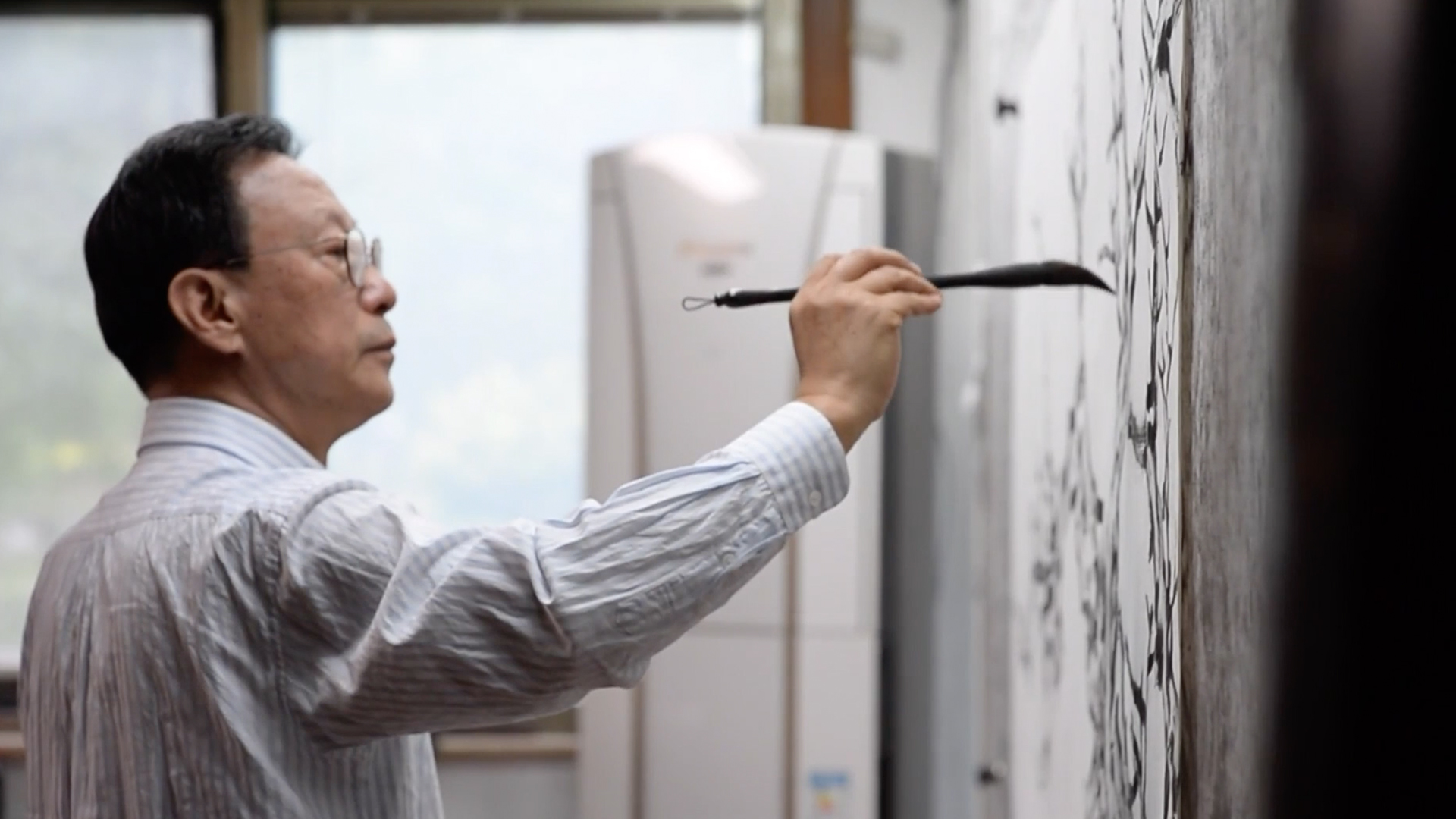
Born in 1945, the veteran artist not only stands as a dedicated guardian of the most orthodox Chinese aesthetics, but has also been serving as a diligent teacher, devoted to fostering the inheritance of his beloved art form.
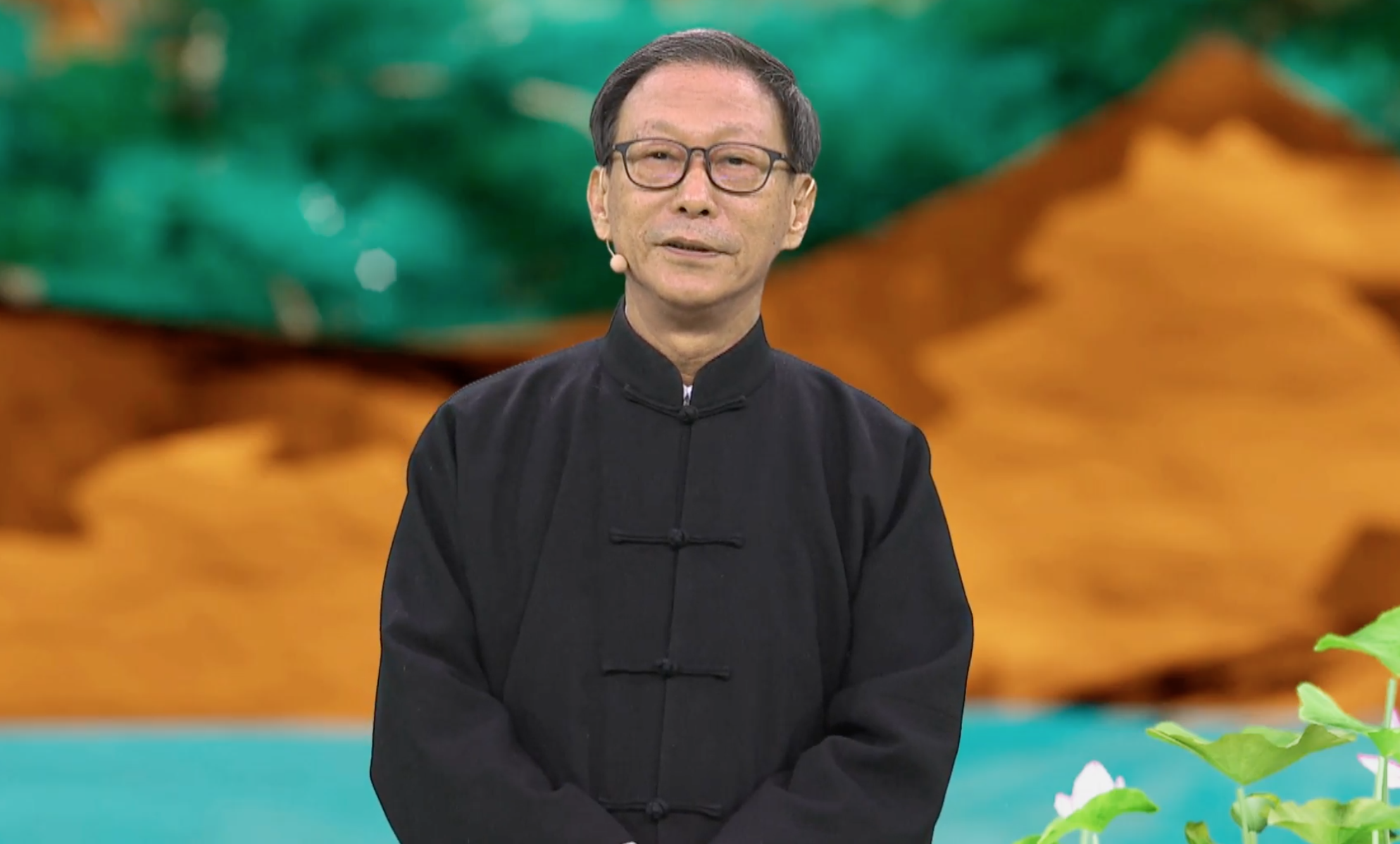
Wu Yueshi, a leading figure in traditional Chinese painting. /CGTN
Wu Yueshi, a leading figure in traditional Chinese painting. /CGTN
Wu was born in Shenyang, northeast China's Liaoning Province. At the age of four, his family moved to Beijing, with their new home only blocks away from Rongbaozhai, one of China's most famous painting and calligraphy brands. Back then, this time-honored shop was merely a "bungalow," as Wu recalled, however it was already displaying works by Chinese contemporary masters exhibited in glass frames.
Being a regular visitor to the shop, Wu found himself fascinated by the enduring charm of Chinese painting. Wu was sent to study with famed painter Wang Zhujiu, a disciple of legendary Chinese master Qi Baishi, who undoubtedly remains a towering giant in the history of Chinese art.
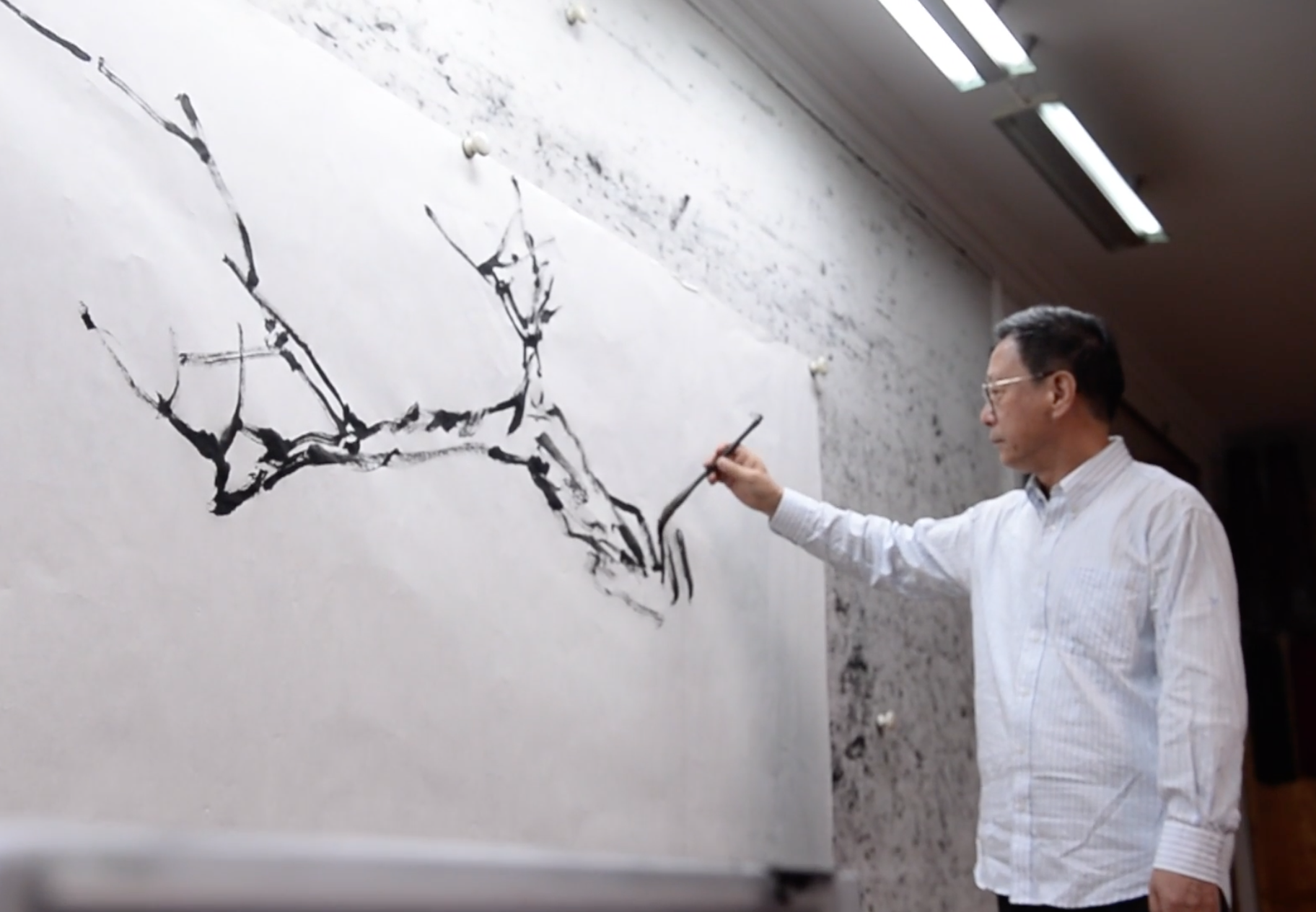
If the first decade of Wu's artistic life was seen as plain sailing, what came next proved to be more of a challenge. For around a decade from 1967, when he worked with local farmers in Beijing's Mentougou area, Wu was still determined to chase his artist dreams, despite many difficulties.
Unable to obtain the pigments he needed, Wu turned to the practice of calligraphy.
"I was inspired by the things in the mountains and the rivers. Our predecessors said that writing is like worms eating wood, which is a good metaphor. Worms create a lot of curved lines in old, mottled bark, which I feel is just like the way we create calligraphy," said Wu.
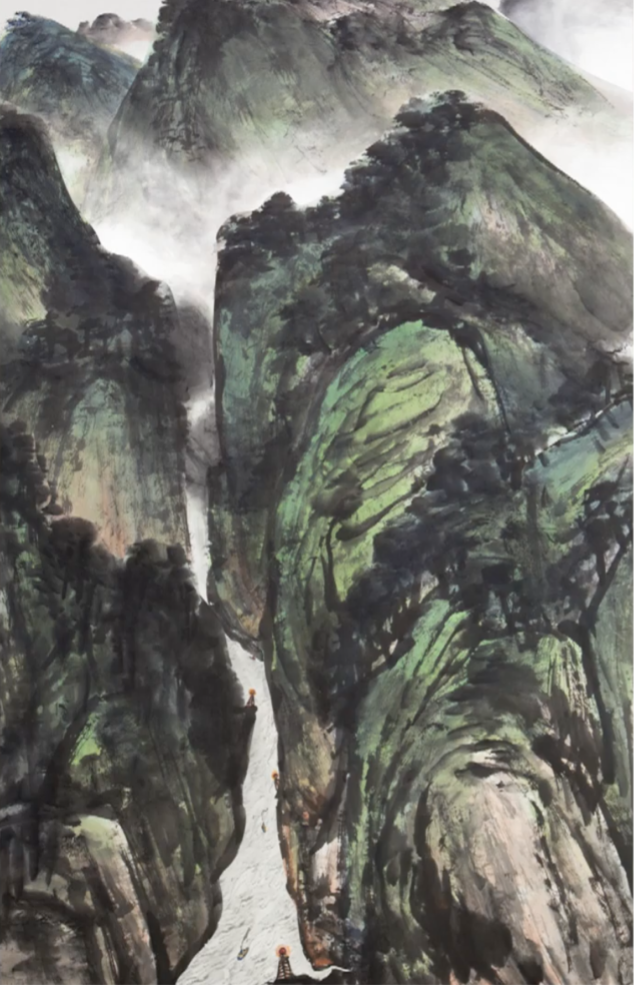
Details of Wu Yueshi's "Natural Barrier of Kuimen" /CGTN
Details of Wu Yueshi's "Natural Barrier of Kuimen" /CGTN
In 1978, Wu was tasked with helping to open a painting-themed shop in downtown Beijing, one of the earliest professional painting stores in China. The experience gave him the opportunity to talk to painting masters, contributing to his knowledge and the improvement of his artistic skills.
In 1980 and 1981, Wu held two solo exhibitions in Beijing and Nanjing. In 1986, he traveled overseas to study. While absorbing diverse arts and cultures, Wu kept copying classical Chinese calligraphy and painting works, gaining endless insights into the essence of the art traditions of China that lay beneath.
"While others tried to use Western painting methods, or a combination of Chinese and Western painting skills, or other ways to make Chinese paintings, I still adhered to the traditional Chinese painting method. I never wavered," the artist said.
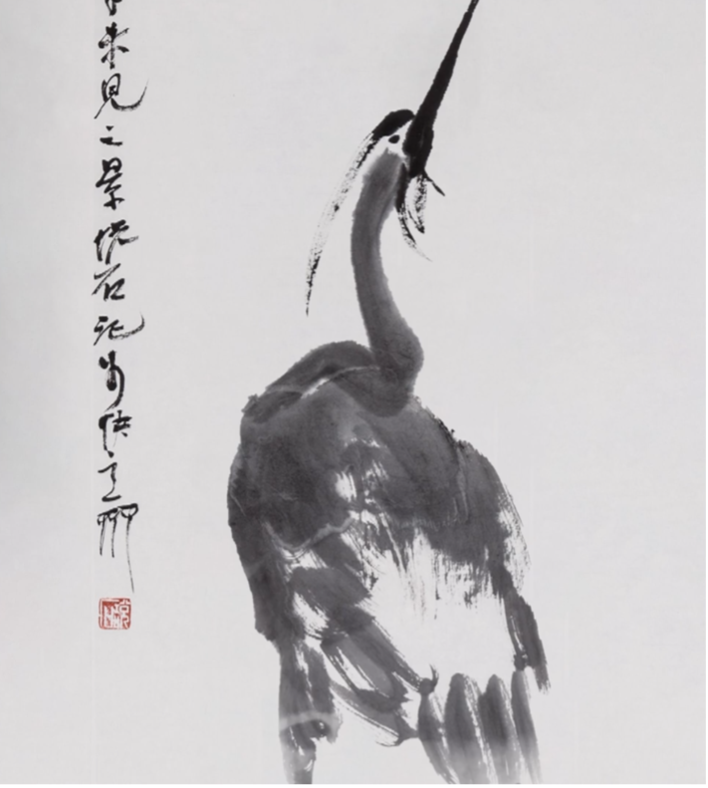
Details of Wu Yueshi's "Egret" /CGTN
Details of Wu Yueshi's "Egret" /CGTN
In 2000, Wu returned to China. Since then, the veteran painter has dedicated his time to the development of his most cherished art form.
Wu believes that besides practice, it is also crucial to read about painting and calligraphy, and he continually asks his students to do so. He also encourages them to seek inspiration from current times while following the orthodox principles of Chinese painting methods.
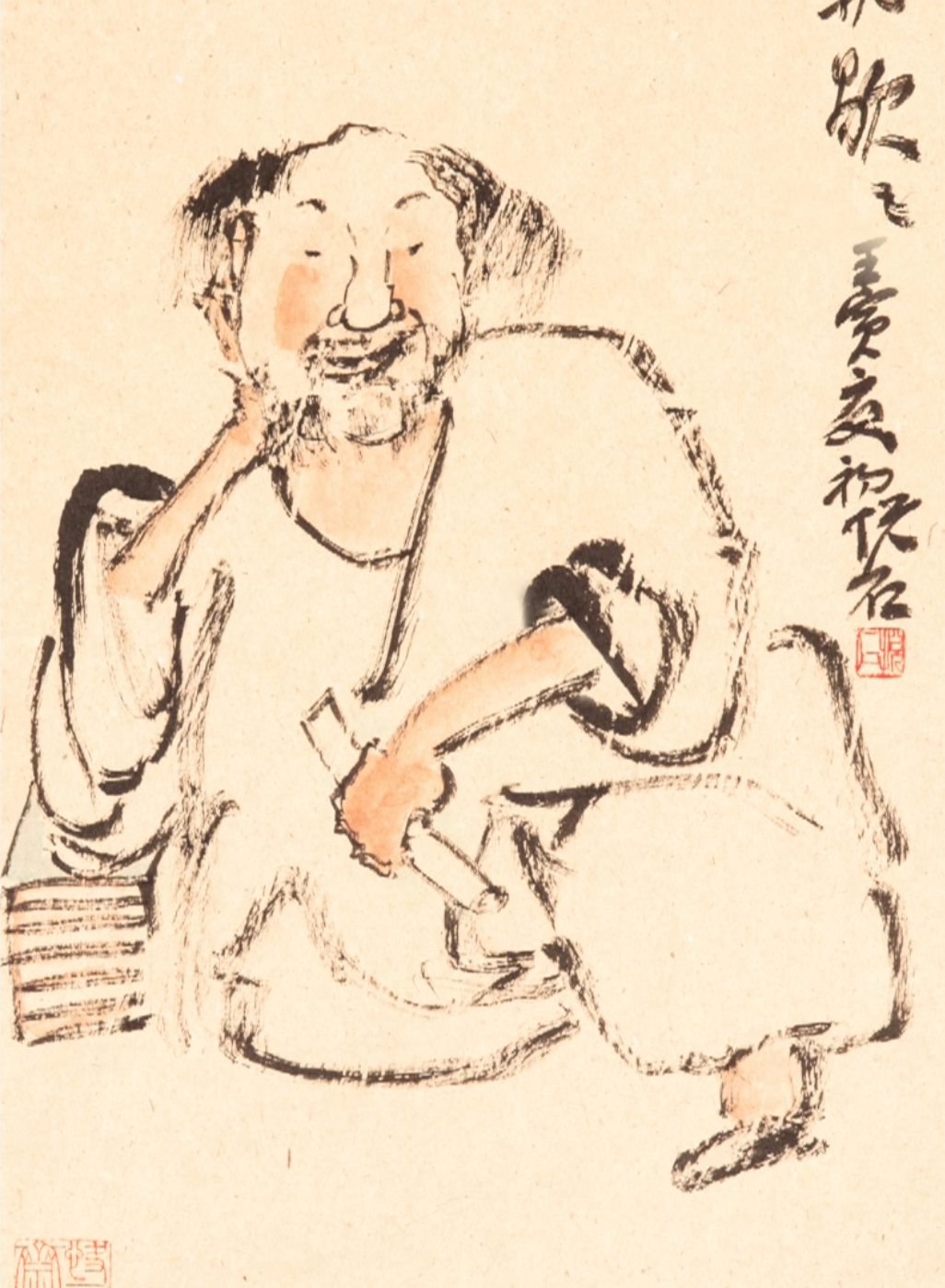
Details of Wu Yueshi's "Take A Nap after Reading" /CGTN
Details of Wu Yueshi's "Take A Nap after Reading" /CGTN
Most importantly, Wu advocates respect for "brush and ink," which he regards as the most representative feature of traditional Chinese painting.
"I suggest we should respect 'brush and ink' and the traditional painting skills. It's more like we are improving ourselves as we refine our skills. It's a process of self-improvement, and you can come to know a person through their paintings. You come to understand a painter's thoughts when you look at their work. This is the charm of Chinese painting," said Wu Yueshi.